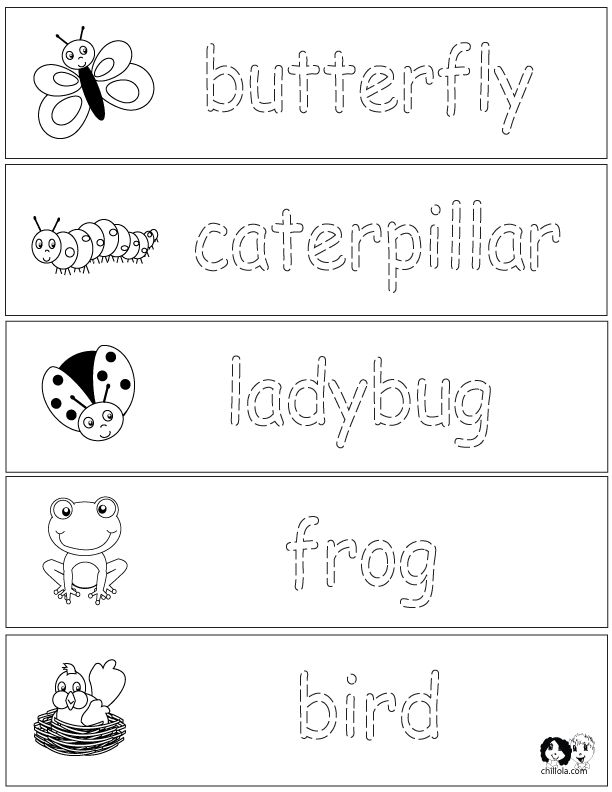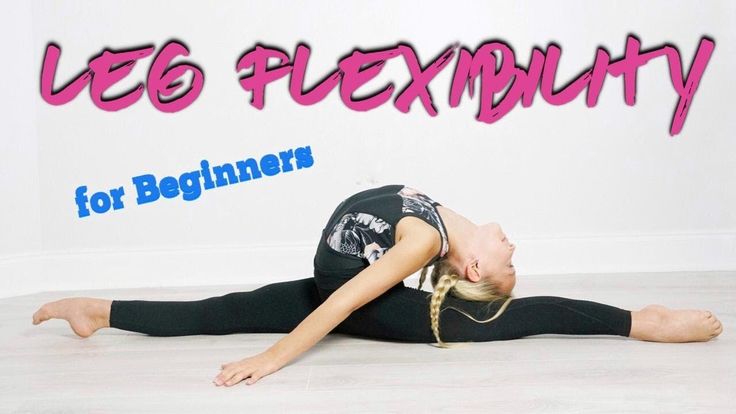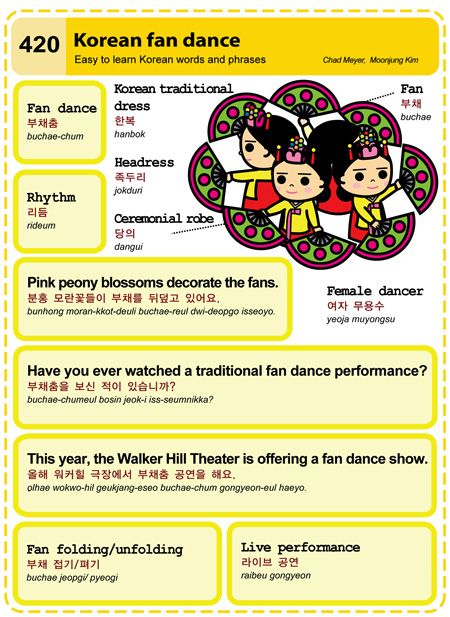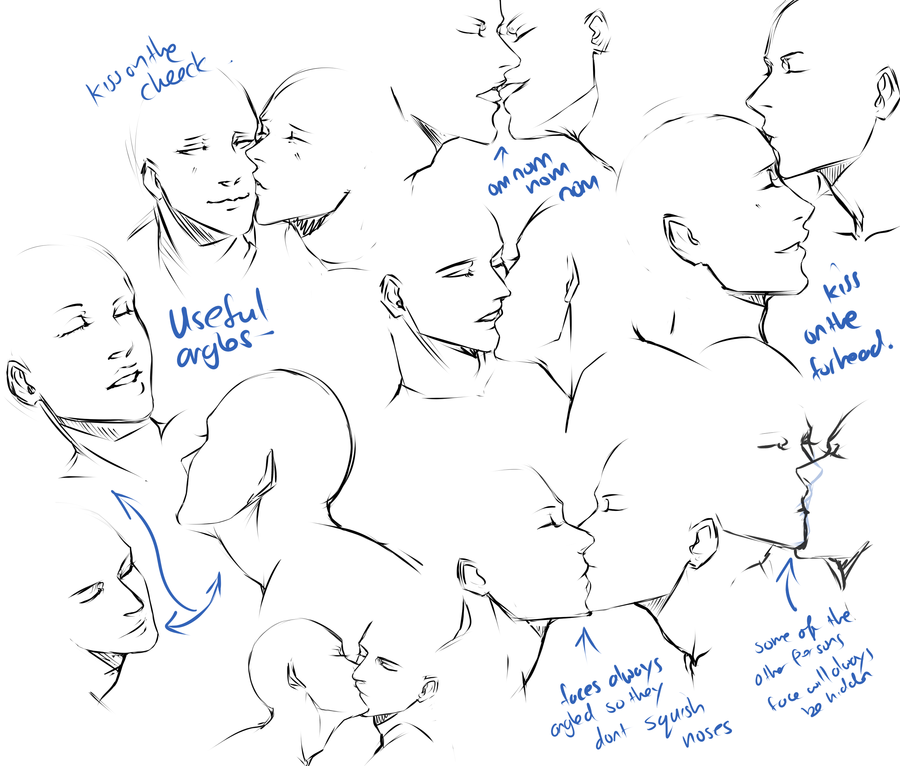How to dance flamingo
The Beginner's Guide to Flamenco
Flamenco is such a captivating art form and it enthralls and entices novices to begin a journey of learning it. So, they sign up for a class and then……
FREAK OUT! Why? Who knew flamenco was so complicated! There are the steps, then the footwork and the hand coordination and then that weird 12 count rhythm and all the different rhythms and, and, and….
It can be overwhelming for sure. Realize that flamenco isn’t like learning how to ride a bike. If you think of learning how to dance flamenco more like learning a new language, then it’s easier to digest the whole concept and just enjoy the journey.
But fear not, here is YOUR general guide to flamenco for beginners.
A SUPER BRIEF HISTORY OF FLAMENCO
Flamenco stems from hundreds of years of Andalusian (southern region of Spain) history that interplays with Andalusian, Moorish, Jewish and Gitano (Roma) cultures before and after the Reconquest of Spain (1492). But it is from the Gitanos’ anguished history that much of flamenco’s earliest most profound rhythms come from. In the beginning, the cante (singing) was the center of flamenco and stayed within family settings. By the late 18th century it began to venture into a performance environment and grew to the Golden Age of Flamenco in the late 19th century where the “cafe cantantes” flourished. This is where the dancer became the major attraction of the performances. Flamenco entered the theater in the late 19th and early 20th century where it was criticized for falling victim to commercialism.
FORMS OF FLAMENCO
At its core, flamenco consists of toque (guitar), cante (singing), and baile (dance). The music of flamenco is based on different palos (rhythms). Think of your favorite song and think of others doing covers of it or sampling it in variations. You could hear the chords of that song and immediately recognize it as your favorite song- quick, name that tune! That’s the same with flamenco. There are many rhythms like Alegrias, Guajiras, Tangos, Solea, Fandangos, Seguirilla, etc. They are all identifiable by their own tempo, feeling, melody and chords. Some are danced while others are only sung.
There are many rhythms like Alegrias, Guajiras, Tangos, Solea, Fandangos, Seguirilla, etc. They are all identifiable by their own tempo, feeling, melody and chords. Some are danced while others are only sung.
FLAMENCO TODAY
Although Flamenco is highly associated with Spain, it is still an Andalusian art form where it is still taught in homes through an oral tradition and occurs at informal gatherings called juergas. It is also taught formally in dance academies throughout Spain and has become a world wide phenomenon such that it has been declared a World Heritage Treasure by UNESCO in 2010. Flamenco aficionados from all over the world practice flamenco and flock to Spain every year for workshops and studies.
Generally, you’ll see flamenco in three forms- casera, tablao, teatro. Casera (home-style) means the kind of flamenco you’ll find at homes danced by non professionals at parties or juergas. This is where you’ll see grandma get up to do a little pata’a por bulerias at a wedding. Then there’s tablao flamenco which is the type performed at the flamenco restaurants or clubs. These are small venues and tend to be improvised, although there may be some rehearsal for ongoing shows. Finally, teatro (theater) are the big flamenco productions that you see touring with company dancers, a choreographer and many musicians. Much thought is put into costuming, lighting, story and choreography.
Then there’s tablao flamenco which is the type performed at the flamenco restaurants or clubs. These are small venues and tend to be improvised, although there may be some rehearsal for ongoing shows. Finally, teatro (theater) are the big flamenco productions that you see touring with company dancers, a choreographer and many musicians. Much thought is put into costuming, lighting, story and choreography.
From there you could say there are two types of dance styles seen in tablao and theater and it’s from how the dancer learned to dance. Gitano style tends to be taught within a Gitano family home and is more raw and unrefined. Then the “rest” of flamenco styling tends to be quite broad but the general idea is that it’s learned in the dance studios and dancers may also train in other styles such as ballet. One isn’t better than the other, they just have different stylings.
COMPONENTS OF FLAMENCO FOR DANCERS
New beginners will most likely learn Tangos first, which is a fun and light hearted 4-count rhythm, then move on to one of the 12 count rhythms after several weeks. But what do they actually learn?
But what do they actually learn?
We start off with palmas, which is the hand clapping that goes along with keeping the rhythm. It’s important to be able to “hear” the rhythm and to keep time with the palmas. Then we move on to learning the hand movements that when done correctly look like beautiful fluttering birds. Then there’s marcaje which are the marking steps followed by pies (pronounced pee-yes, not the desserts) which is any of the rhythmical footwork that can be used as an accent or for a whole footwork sequence (escobilla).
Dancers learn all the various technique but we’re always learning the cante and the compás. We can’t dance without it.
In a live flamenco show, the dancer is in tune with the singer and the guitarist. They’re all playing off of each other just like a good jazz band when they’re improvising. If the dancer brings up the tempo, the musicians follow. If the guitarist plays a falseta, the dancer dances without footwork to let the guitarist shine.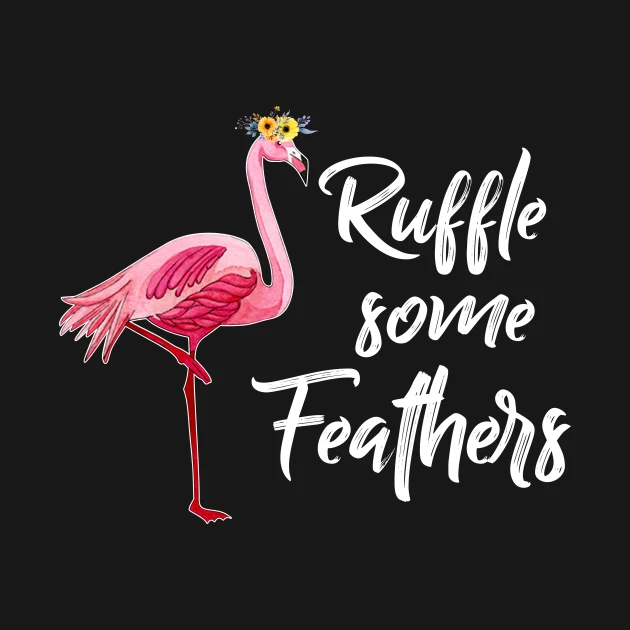 When the singer is singing, the dancer dances according the mood. It’s a conversation between all three elements.
When the singer is singing, the dancer dances according the mood. It’s a conversation between all three elements.
COMPAS
The most important element is the compás, which is the rhythm. In the United States, we teachers generally teach flamenco in Spanglish, speaking English while sprinkling flamenco terms in Spanish. For example I’ll say, “You’re dancing out of compás,” which means “You’re dancing out of rhythm. I will also say, “We’ll do this step for 4 compases and then transition.” In this case, compás means a measure- a count of 4 or a count of 12, depending on which palo (rhythm) we are dancing.
Now, compás is the one thing that can truly trip up a dancer. It’s important to be open to enveloping the compás to listen to it, to hear it, to feel the accents. Usually the 4 count rhythms are easier to dance to for American dancers because we’re accustomed to the count. However, it’s the 12 count that is most challenging, but it’s more prevalent in flamenco.![]()
The 12 count rhythm generally starts on 12 and ends on 10 with the accents on 12, 3, 6, 8, 10. Whaaaaaat? Basically, the rhythm begins on the 12 count of the measure and then when it ends, it ends on 10.
12 – 1 – 2 – 3 – 4 – 5 – 6 – 7 – 8 – 9 – 10 – 11 – 12 – 1 – 2 – 3 – 4 – 5 – 6 – 7 – 8 – 9 – 10
This shows you two compases of 12, with the accents on 12, 3, 6, 8, 10 and then it ends on 10. Do you remember the musical West Side Story? The song “America” is in Buleria which is a 12 count rhythm.
12 – 1 – 2 – 3 – 4 – 5 – 6 – 7 – 8 – 9 – 10
I – like – to – BE – in – a – ME – RI – CA
LOL. It’s true!
HOW TO LEARN FLAMENCO
The only way to learn flamenco is to get out of your own way, meaning that we can over think things sometimes. Flamenco involves allowing yourself to open up, releasing while there still is a tension. Kind of like don’t over think when you’re simmering in your flamenco energy, getting ready to reach a boiling point! But the other obvious things are to show up to class, practice, listen to flamenco, and watch flamenco.
Flamenco involves allowing yourself to open up, releasing while there still is a tension. Kind of like don’t over think when you’re simmering in your flamenco energy, getting ready to reach a boiling point! But the other obvious things are to show up to class, practice, listen to flamenco, and watch flamenco.
Sounds like a lot, I know! But when you have the flamenco bug, all of it is a joy and feeds our passions (even when we’re frustrated at not understanding a particular piece of footwork!)
So, sign up for your local flamenco class or join my Online Flamenco Studio and enjoy the process. Show up, breathe and release. OLE!
Learn How to Dance the Flamingo!
| Improvising in the Thursday “Cuadro” class. |
Oh, sorry. I mean, “How to Dance Flamenco”
Well, actually, I mean
“How to Improvise Your Own Dance”
AKA “WTF You’re Supposed to Do in a Solo”
This entry comes about from my latest experiment in the Thursday Cuadro class that I teach.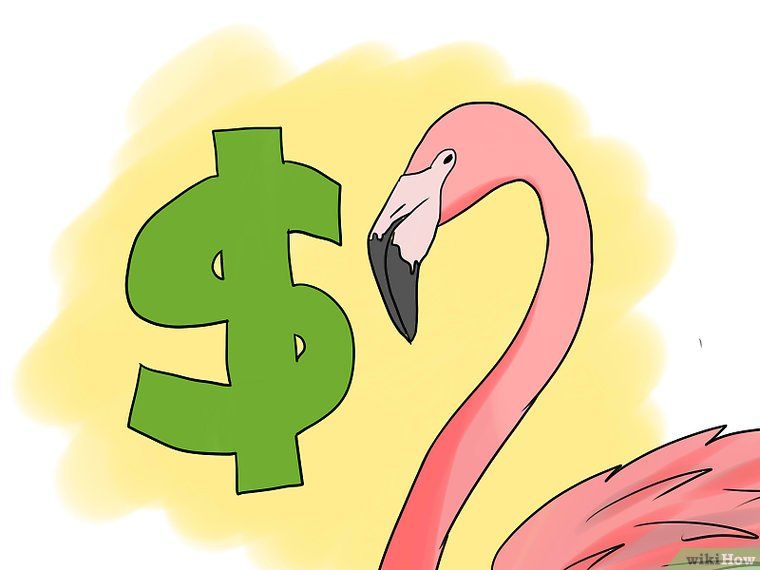 “Cuadro” means the flamenco group on stage and implies lots of improvising. In the class I really focus on being able to listen, intuit and express for dancing. Lately, I’ve been having each dancer improvise an ENTIRE dance of Solea por Buleria.
“Cuadro” means the flamenco group on stage and implies lots of improvising. In the class I really focus on being able to listen, intuit and express for dancing. Lately, I’ve been having each dancer improvise an ENTIRE dance of Solea por Buleria.
What?! They always cry. But it’s such an amazing exercise. I’m not looking for any killer moves but you do have to have a few basic moves secure in your body and an understanding of what’s what in a dance.
Many dancers learn flamenco through technique and choreography. The rest of my group classes are like that, and I teach all those in my Online Flamenco Studio.
But you’ve taken flamenco for many years and you have a few choreographies and you want to move into tablao (flamenco restaurant gigs) work.
You know what?
You’re going to mess up!
The singer doesn’t sing the letra the way you expect or when you want. You build up the tempo too fast so now you can’t do your escobilla properly.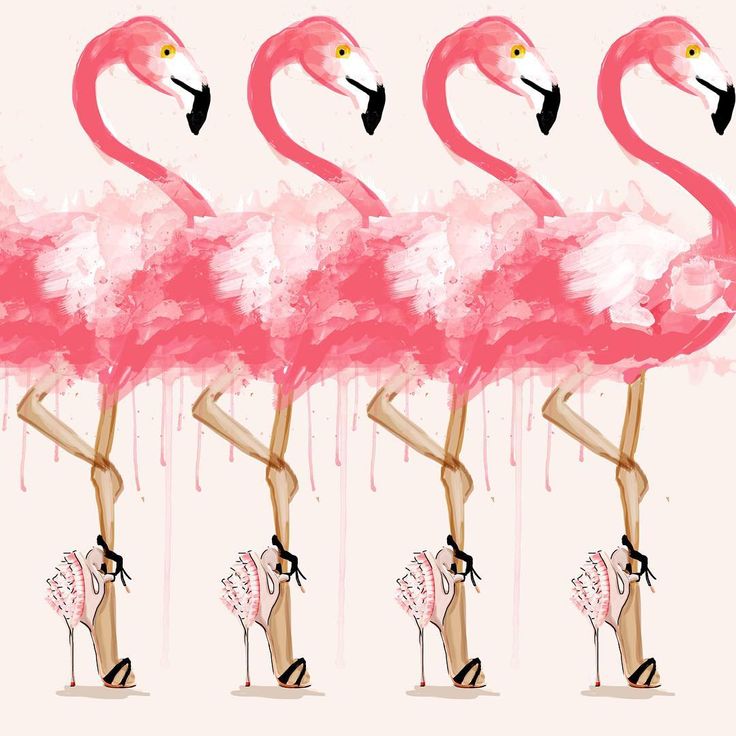 You don’t recognize when the guitarist plays a falseta and he gives you dirty looks because you’re clobbering it. You notice a good looking person in the audience and get distracted and forget your choreography.
You don’t recognize when the guitarist plays a falseta and he gives you dirty looks because you’re clobbering it. You notice a good looking person in the audience and get distracted and forget your choreography.
What are you going to do?
IMPROVISE!
Flamenco is frequently compared to a good jazz group. All the components working together and working off of each other to create a seamless piece that looks effortless. As a flamenco dancer, you need to be able to know when to lead and when to follow, and in the end know WTF is supposed to happen in a dance.
So, in a nutshell, here is a break down of what generally happens in a solo.
- Guitarist plays an opening falseta (melodic playing).
- Singer sings an entrada (entrance with all the ay, ay, ays).
- Dancer walks out and begins a llamada (the dance break that calls the singer). It could be one to four compases (measures), normally. Dancer MUST end the llamada with intention, clearly showing the singer that it’s time to SING!
- Dancer dances letra (verse), listening and responding to the singer.
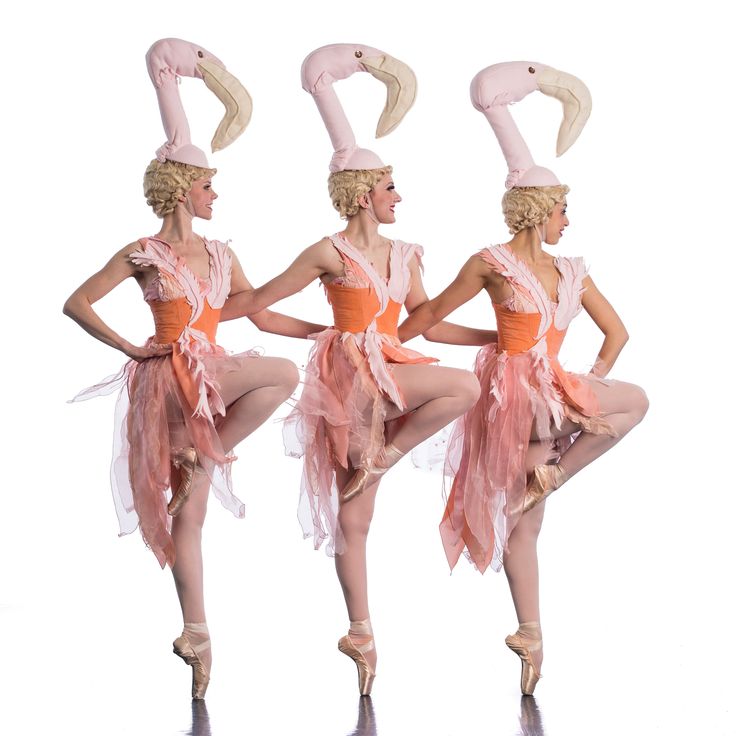
- After the letra, the guitarist may (or may not) play a falseta (beautiful guitar interlude), so the dancer must really listen and dance to the pretty music without disrupting it with a bunch of footwork.
- Then the dancer can either do another llamada for a second letra or go straight into an escobilla (footwork section).
- The dancer should build up the tempo in the escobilla to finish with another clear llamada for the bulería (The end letra. It can also be tangos or the macho.)
- Now the dancer dances the bulería and can finish off with doing a desplante (another call) to the corner of the stage. This tells the singer to sing an estribillo (the verse to sing you off the stage).
- The dancer finishes the dance by either dancing off with the estribillo and finishing with a little break or doing another subida (footwork build up) in the middle of the stage after the estribillo and ending with a break.
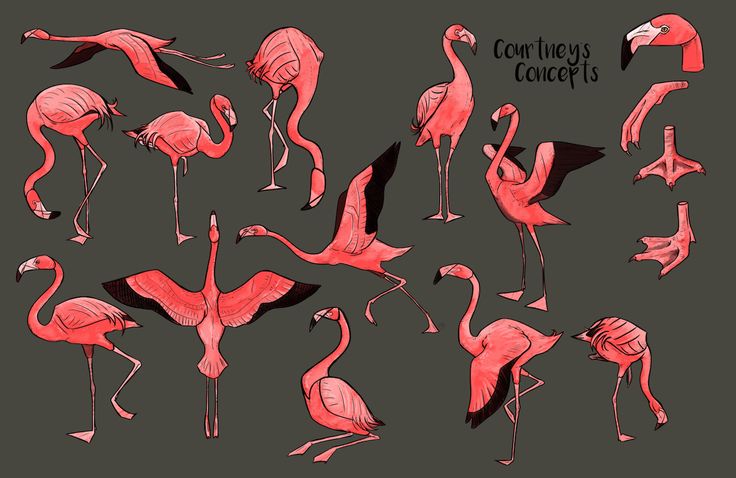
So, there you have it. Your complete framework for a solo.
- Entrada
- Llamada
- Letra
- Escobilla
- Bulería
- Salida / Estribillo
Of course, there are many variations with more letras, falsetas and escobillas. But those are the basics!
However, once you know that framework, all you’d have to tell the musicians for a solo in tablao is how many letras you were doing and if you wanted a falseta somewhere. That’s it!!!
I know all this can be overwhelming if you’re new to flamenco or even a seasoned dancer. Just remember that all dances in flamenco generally follow a particular flow (letras-escobillas-macho.) Then, as a dancer, it would be up to you to signal any of the changes with strong movment– because the musicians are there watching you!
Dance on!
How do flamingos dance??
Not everyone knows that the majestic bird Flamingo is not only Pink and Red. ..
..
RED FLAMINGO (Phoenicopterus ruber). The body length is 110 cm, its plumage is from pink to purple, bright red. The red flamingo lives on the islands of the Caribbean Sea, on the northeastern coasts of South America, in the southern part of this mainland and on the Galapagos Islands.
Favorite nesting places of the red flamingo are the lagoons of the sea coast, islands, salt marshes on the gentle shores of lakes. nine0005
Under these conditions, the birds find the food they need - silt rich in organic matter and algae, countless worms and crustaceans. Now, no more than 22,500 birds remain within the entire range. Among the reasons for the decline in numbers is the reduction of places suitable for nesting. Flamingos are sedentary, and only pink flamingos in the northern part of the distribution are migratory. They become sexually mature at the age of 4-5 years. Flamingos are monogamous, nest in colonies of several hundred and even thousand pairs closely with each other.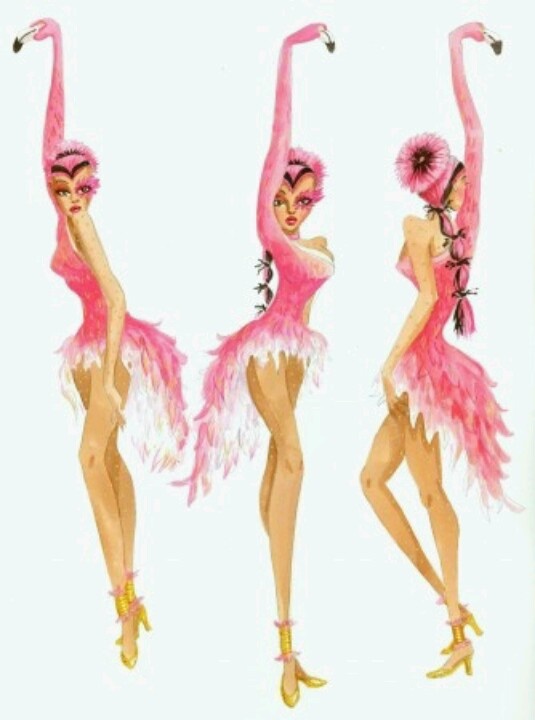 Nests are made in the form of small turrets of silt and shell rock up to 50-70 cm high. 1-3 eggs in a clutch; they are relatively large, white. Chicks hatch covered in down, sighted and very active. After a few days, they leave the nest and at about a month old they change the first downy outfit to the second one. Young people acquire the ability to fly on the 65th-80th day of life; at this age, their filtering apparatus is finally formed. They feed on small crustaceans, worms and molluscs, some species - blue-green and diatoms. They look for food in shallow areas: with their heads down under the water, they dig with their beaks at the bottom of the reservoir. At the same time, the crown of the flamingo almost touches the bottom, the upper jaw is at the bottom, and the lower jaw is at the top. The head is immersed in water shallowly. The “burp”, which parents feed the chicks, in addition to semi-digested food, contains secretions from the glands of the lower part of the esophagus and pancreas.
Nests are made in the form of small turrets of silt and shell rock up to 50-70 cm high. 1-3 eggs in a clutch; they are relatively large, white. Chicks hatch covered in down, sighted and very active. After a few days, they leave the nest and at about a month old they change the first downy outfit to the second one. Young people acquire the ability to fly on the 65th-80th day of life; at this age, their filtering apparatus is finally formed. They feed on small crustaceans, worms and molluscs, some species - blue-green and diatoms. They look for food in shallow areas: with their heads down under the water, they dig with their beaks at the bottom of the reservoir. At the same time, the crown of the flamingo almost touches the bottom, the upper jaw is at the bottom, and the lower jaw is at the top. The head is immersed in water shallowly. The “burp”, which parents feed the chicks, in addition to semi-digested food, contains secretions from the glands of the lower part of the esophagus and pancreas. This liquid is nutritionally comparable to the milk of mammals, it is light pink in color due to the presence of carotenoids in it. Flamingos drink brackish and fresh water during rain, licking drops of water running down their plumage. In captivity, flamingos lived to be 34 years old. nine0005
This liquid is nutritionally comparable to the milk of mammals, it is light pink in color due to the presence of carotenoids in it. Flamingos drink brackish and fresh water during rain, licking drops of water running down their plumage. In captivity, flamingos lived to be 34 years old. nine0005
PINK FLAMINGO (Phoenicopterus roseus)
The plumage of adult males and females is pale pink, the wings are purple-red, and the flight feathers are black. The non-feathered parts of the head (the bridle and the ring around the eye) are red. The beak in the main part is pink, at the end is black. Young birds are dirty gray, with a slight pink bloom. They “put on” an adult outfit in the third year of life. The total body length is 130 cm, the birds reach a mass of 3.4-4 kg. They have 4 toes on each foot. nine0005
Habitat:
Pink flamingos are the most common type of flamingos. In Europe, flamingos nest in the Camargue Nature Reserve, at the mouth of the Rhone River (Southern France), as well as in Las Marismas in Southern Spain.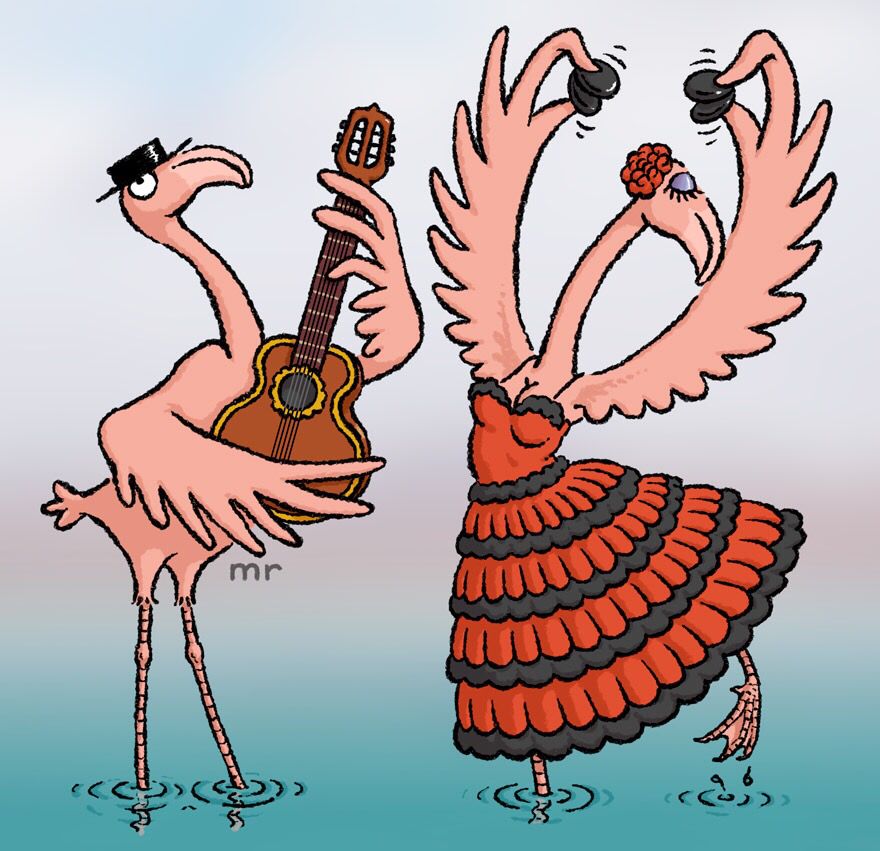 In Africa, the bird nests on the lakes of Morocco, Southern Tunisia, Northern Mauritania, Kenya, the Cape Verde Islands, and the south of the continent. It also lives on the lakes of Southern Afghanistan, Kazakhstan, Iran, Pakistan and India. In Russia, flamingos nest at the mouth of the Volga River, in Dagestan, Kalmykia, Krasnodar and Stavropol Territories. nine0005
In Africa, the bird nests on the lakes of Morocco, Southern Tunisia, Northern Mauritania, Kenya, the Cape Verde Islands, and the south of the continent. It also lives on the lakes of Southern Afghanistan, Kazakhstan, Iran, Pakistan and India. In Russia, flamingos nest at the mouth of the Volga River, in Dagestan, Kalmykia, Krasnodar and Stavropol Territories. nine0005
Pink flamingos inhabit large salt water lakes, sea lagoons and estuaries. It feeds in shallow water with a muddy bottom in hard-to-reach places.
SMALL FLAMINGO (Phoeniconaias minor) is the smallest of all extant flamingo species. The length of his body is 80 cm. The color of the plumage is often bright pink. Its upper beak is even narrower than that of its brethren mentioned, but it has a keel descending into the depths of the beak. The food of the small flamingo is mainly made up of blue-green and dnatom algae. It is estimated that from the waters of Lake Nakuru (East Africa) with 0.5 ha, small flamingos annually extract about 2000 tons of blue-green algae.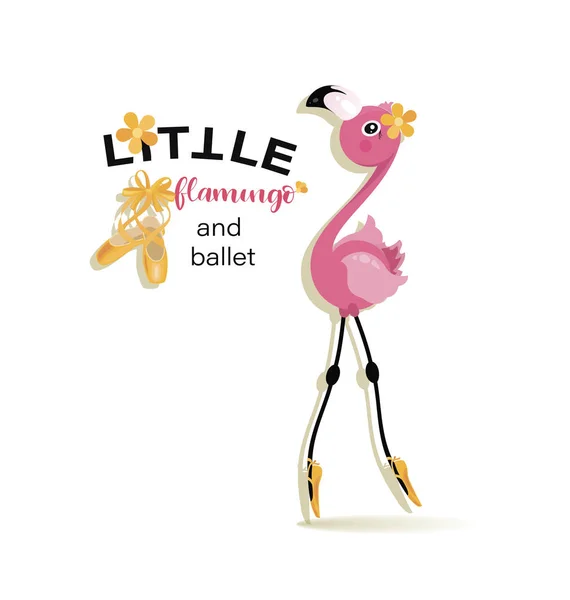 nine0005
nine0005
When looking for food, the bird usually does not lower its beak to the bottom, but moves it from side to side along the surface of the water. It nests in the eastern regions of Equatorial Africa - on the salt lakes of Kenya, Tanzania and somewhat to the south, as well as in Asia off the coast of the Persian Gulf and on Lake Sambhor in Central Rajasthan (India). Flamingos raise their chicks in tower nests. Having hatched, the young flamingo spends the first days of its life on this relatively cool elevation, and in case of danger it always returns to the nest. nine0005
FLAMINGO JAMES (Phoenicoparrus jamesi) Length 90 cm. Habitat - Andes in Bolivia and Northern Argentina. They feed on diatoms. Some colonies of these flamingos are located in harsh high mountain conditions. The James flamingo, or short-billed flamingo, is very rare.
CHILEAN FLAMINGO (Phoenicopterus chilensis) 100 cm long, relatively short-legged, found in the arid part of South America; on the mountain lakes of the Andes lives together with the short-billed flamingo. nine0005
nine0005
Sexual dimorphism in flamingos is not expressed. There is no seasonal change of outfits. The color of adult birds is light: white-pink or scarlet. Pink-red shades are due to a special pigment that enters the body of birds with food, in which various crustaceans occupy a leading place. This pigment is very unstable and quickly decomposes in the light.
Particularly strong red tones are developed on the coverts, which is why flamingos got their Latin name, literally meaning "firewing". The legs of the Chilean flamingo are greenish, with red "knees" and paws. nine0015 The beak is red-brown, whitish, pink, or yellow. But the end of the beak is necessarily black. The unfeathered bridle, chin, and eye rings may contrast in color with both the bill and head plumage.
ANDean FLAMINGO (Phoenicoparrus andinus) Length 110-120 cm Habitat - salt lakes at an altitude of 2500 m in the Andes, (southern Peru, northern and central Chile, western Bolivia and northwestern Argentina)
"Dance of Love" performed flamingos in barnaul zoo: video
"Dance of Love" performed by flamingos in the Barnaul Zoo: video - TRK Zvezda Novosti, 04. 10.2018
10.2018 | In the country and the world Vasilisa Morozova 04:49 04.10.2018 Two graceful birds reached out to each other, leaned over, extended their necks, then walked in a circle. Read us on: Employees of the Barnaul Zoo "Forest Fairy Tale" published a video of a funny flamingo dance that made unusual sounds. nine0005 The birds were dancing, making “mirror” movements, folding their long necks in the shape of a heart.
Zoologist Ksenia Panchuk told "AiF-Altai" that it could not be a mating dance, since flamingo offspring appear in spring. Apparently, this is preparation for the flight. At the same time, she noted that the zoo still does not know the gender of the birds. The first pink flamingo appeared in the zoo three years ago - a bird injured during the flight was found on Lake Khokhly in Altai and taken to the Lesnaya Skazka. Later, two more lost birds got here.
Expert opinion and analytics | Picture of the day 09:55 In the country and the world “Multiple increase”: the forecaster spoke about the increase in freezing rains in Russia 08:16 In the country and the world The United States accused Ukraine of nationalism because of anti-Russian laws 05:00 Army Easily controlled like a rifle: the combat work of the Msta-B howitzer to clear positions from Ukrainian militants in the NVO zone 01:33 In the country and the world Foreign Ministry: Moscow and Minsk respond to NATO threats and do not violate the non-proliferation treaty 22:35 In the country and the world Putin met with Acting Head of the DPR Pushilin in the Kremlin Popular A mysterious portrait autographed by Rachmaninoff was found in the funds of the Museum of Music Over 40 flights delayed or canceled at Moscow airports due to bad weather Shoigu checked the positions of the group of troops in the NVO zone and talked with the servicemen Cameron hired an expert to prove the inevitability of Jack's death in the Titanic nine0004 The Pentagon told whether it was possible to find evidence of aliens on EarthImproving "strategists": another modernized Tu-160M made its first flight |
Read more
read below the next news
/news/next/?referer=/news/201810040446-ylcw.
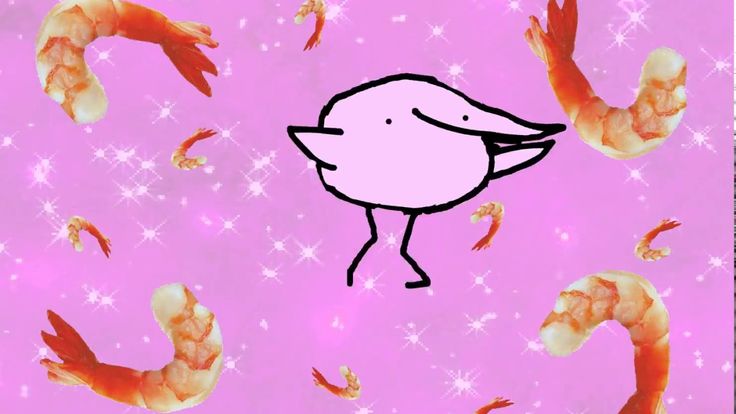 They are still quite young and will turn pink by 3-4 years of age. nine0005
They are still quite young and will turn pink by 3-4 years of age. nine0005 